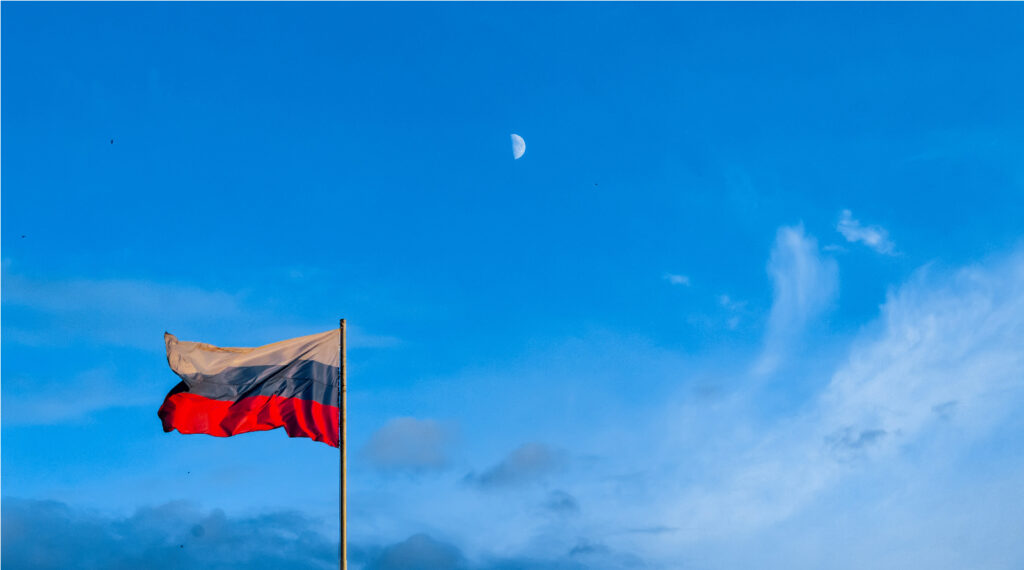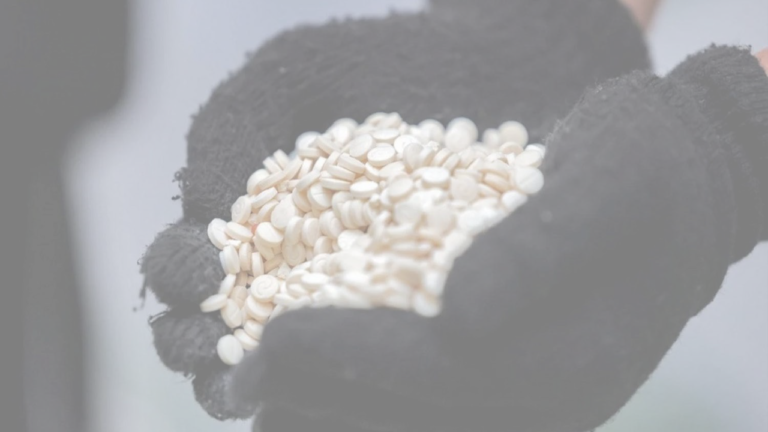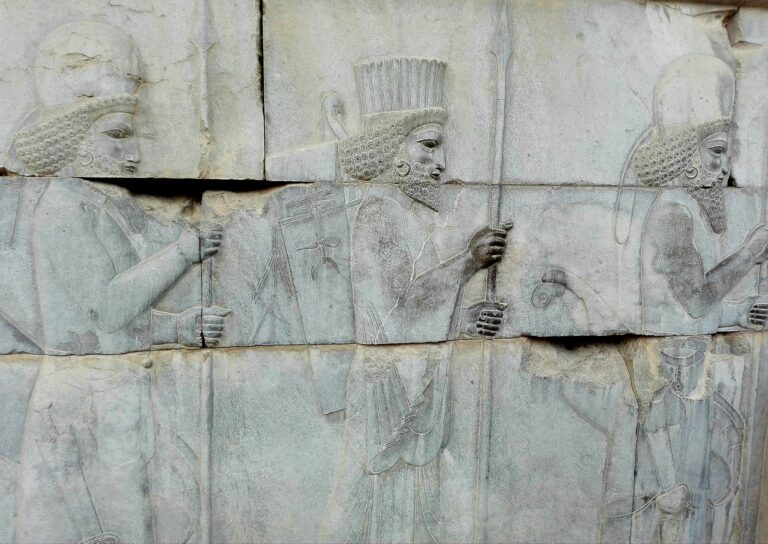From the first moments of the Russian invasion, many misleading videos and false information started circulating on social networks, especially on Facebook, Twitter, and TikTok. In just a few hours, internet trolls and propagandist pages supported by Moscow were extensively sharing misinformation and fake news that contained false information about alleged Ukrainian war crimes and the number of war casualties.
Moscow also attempted to discredit actual news as “Western Propaganda.” However, several examples of Ukrainian propaganda circulated online in the early stages of the conflict, fueling Kremlin attempts to discredit Western media. These instances included the Ghost of Kyiv story and a widely spread story about 13 Ukrainian soldiers refusing to surrender before a heroic slaughter on Snake Island. These stories have only helped the Kremlin in their own misinformation efforts.
Russian Allegations and Justification for Invasion
Such misinformation from the Russian side was mainly to provide a casus beli for the invasion. By claiming that Russia’s national security was endangered by Ukraine’s alleged plan to join NATO and that the Russian population was being mistreated and constantly murdered by Ukrainian militias in Donbas. Highlighting these allegations, the Kremlin tried to justify the invasion and present it as an act of defense. In that effort, Kremlin propaganda tends to put the far-right paramilitary organization, the Azov Battalion, in the spotlight.
The Kremlin is constantly pointing out its involvement in the murder of civilians in Odesa during the 2014 Donbas war. Pro-Russian propaganda increasingly stressed Azov Battalion’s Nazi iconography and ultra-nationalist ideology as the main argument for invasion.
Furthermore, the Kremlin falsely applied its violent methods and ideology to the current Ukrainian government and president, Volodimir Zelensky. One of the Kremlin’s main strategies is to blur the general perception of its intentions and end goals by portraying the attack on a sovereign country as a “denazification” of a rogue state.
Russian Disinformation’s Military Purpose
Simultaneously, Russian propaganda tends to conceal the actual movement of its troops, mystifying the war objectives and keeping information about war crimes and casualties undisclosed. Even before the war, the Kremlin attempted to disprove rumors and intel about the forthcoming invasion, claiming that it is “Western propaganda” and mere provocation with no ground in reality.
Russia initially claimed that army movements on Ukrainian borders were only military exercises, thus misleading significant parts of the general public into believing that Russia’s only interest was to protect its borders and support the endangered Russian population in Donbas. Days before the invasion, the Russian press service of the People’s Militia of Donetsk posted a fake video on its Telegram channel claiming that it showed a Ukrainian sabotage operation targeting Russian chlorine tanks.
Similar videos and posts were also shared by Russian media and pro-Russian leaders in Donbas, whose aim was to provide a pretext for the invasion and justify further actions. However, it was revealed by various independent OSINT researchers and media agencies, such as Bellingcat, that the actual footage was recorded in April 2010, believing that the Russian intelligence service, GRU, created a complete hoax.

Similarly, Russian officials tried to discredit evidence about their war crimes in Bucha, claiming that the entire incident was staged by Ukrainian’s Western allies to be used as propaganda against Russia. As the actual satellite footage and on-ground photos of dead people were posted by several anonymous users online, the Russian leadership claimed that Ukrainians had been prepared to kill their citizens only to blame Russia.
Russia’s Media Isolation and Fake News Within The Country
While most of the global public is aware that Russian claims are vague since they provided no evidence that the Bucha massacre was staged, it was easy for Russian propagandists to sell their narratives to their citizens. The main reason is that there are no independent media outlets in Russia, as all journalists and portals that criticize Putin or the Russian government are banned.
In the given circumstances, it is hard to have an objective picture of what goes on in Russia due to its considerable media isolation. As Putin uses social media and influencers to promote his agenda on Ukraine and rally the support for the war, networks like TikTok have started banning pro-Russian content. At the same time, Putin has introduced a new law by which all individuals who spread fake news about the Russian army can face 15 years imprisonment.
AI is Helping Russia Spread Propaganda Within It’s Borders
With AI-driven technologies, such as deep fakes and highly advanced photo and video editing possibilities, it becomes almost impossible for regular citizens to assess the validity of presented information properly. The war in Ukraine has proved that the age of digital misinformation in the “post-truth” era has become the new reality. Such a dystopian course that the whole society has taken will inevitably lead to global insecurity and instability. It threatens complete world order based on liberal democracy and opens new possibilities for manipulation.
In a new world order, authoritarian regimes with more developed internet technologies and artificial intelligence will have a higher ground over “open societies.” Limitless media and propaganda capacities would give them more power to create and reshape global “truth” narratives.




